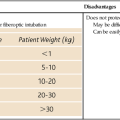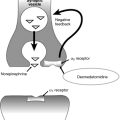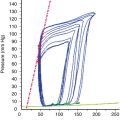Anesthesia for tubal ligation
Postpartum tubal ligation
The American Society of Anesthesiologists provides published guidelines concerning postpartum tubal ligations in section VI of their “Practice Guidelines for Obstetric Anesthesia” (Box 190-1). In addition to following these guidelines, it is prudent to also check the patient’s preoperative hemoglobin level because determining blood loss at delivery may be difficult.







